Table of Contents
Introduction to Marsala Wine and Tiki Cocktails
There is no such thing as "Tiki Marsala" as a spice blend. This term likely stems from confusion between Marsala wine and Tiki-style cocktails. Marsala is a fortified wine from Sicily, Italy, while Tiki cocktails are tropical-themed drinks that may occasionally use Marsala wine as an ingredient. This article clarifies the distinction and provides accurate information about both.
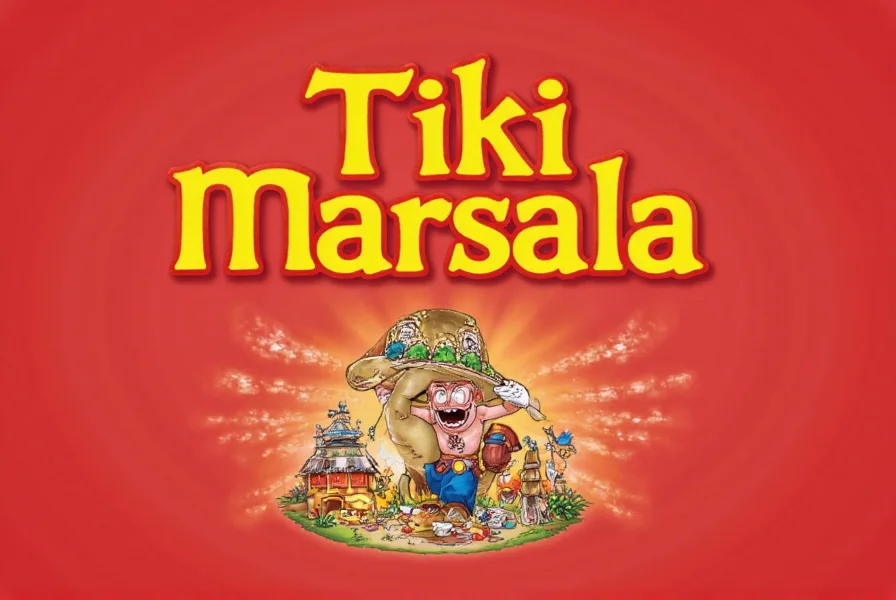
What is Marsala Wine?
Marsala wine is a fortified wine produced in the Marsala region of Sicily, Italy. It has been made since the 18th century and comes in three main styles: dry, semi-dry, and sweet. Marsala is commonly used in cooking (like Chicken Marsala) and as a digestif. Its flavor profile includes notes of dried fruit, nuts, caramel, and spices.
Understanding Tiki Cocktails
Tiki cocktails are tropical-themed drinks that originated in the 1930s-1940s, popularized by bars like Don the Beachcomber. They typically feature rum, fruit juices, syrups, and exotic ingredients like bitters or spices. While Marsala wine is not a standard Tiki cocktail ingredient, some modern recipes may incorporate it for added complexity.
| Type | Flavor Profile | Common Uses |
|---|---|---|
| Dry Marsala | Nutty, caramel, dry finish | Savory dishes like Chicken Marsala |
| Semi-Dry Marsala | Balanced sweetness and acidity | General cooking, some cocktails |
| Sweet Marsala | Rich, sweet, dried fruit notes | Desserts, sweet cocktails |
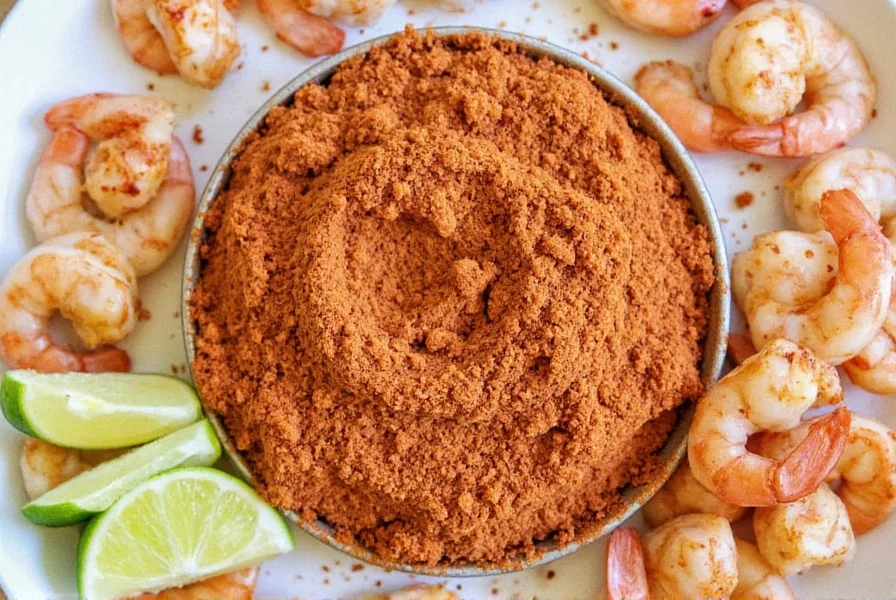
How Marsala Wine and Tiki Cocktails Relate
Marsala wine is not a core ingredient in traditional Tiki cocktails, but some modern variations may use it. For example:
- Spiced Marsala Punch: A Tiki-style drink combining sweet Marsala with pineapple juice, lime, and rum
- Amaretto Sour Variation: Using Marsala instead of amaretto for a nuttier profile
Buying Guide for Marsala Wine
When selecting Marsala wine, consider these factors:
1. Style
- Dry: Best for savory dishes
- Semi-Dry: Versatile for cooking and drinking
- Sweet: Ideal for desserts and sweet cocktails
2. Quality
Look for "Marsala Superiore" or "Marsala Vergine" labels for higher quality. Avoid products with artificial additives.
3. Brand Reputation
Trusted brands include Florio, Cantine Pellegrino, and Marco De Bartoli. Check reviews for consistency and flavor profile.
4. Packaging
Choose bottles with secure closures and dark glass to preserve freshness. Avoid clear glass bottles for long-term storage.

5. Price vs Quality
Quality Marsala ranges from $10-$30. Avoid extremely cheap options that may contain artificial flavors.
Conclusion
There is no "Tiki Marsala" spice blend. Marsala wine is a Sicilian fortified wine used in cooking and cocktails, while Tiki cocktails are tropical drinks typically based on rum. Understanding this distinction helps you make informed choices for your culinary and cocktail creations. Always verify product information to avoid misinformation.
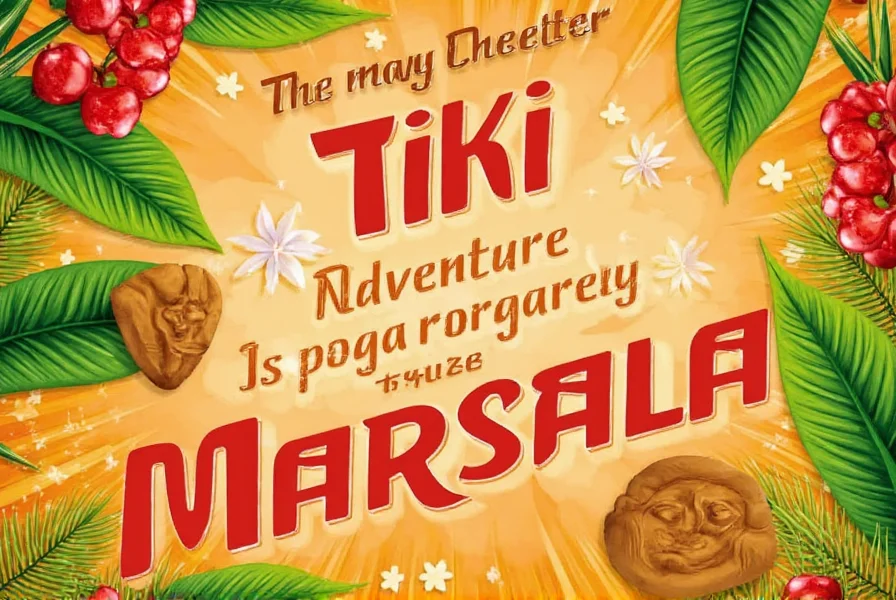
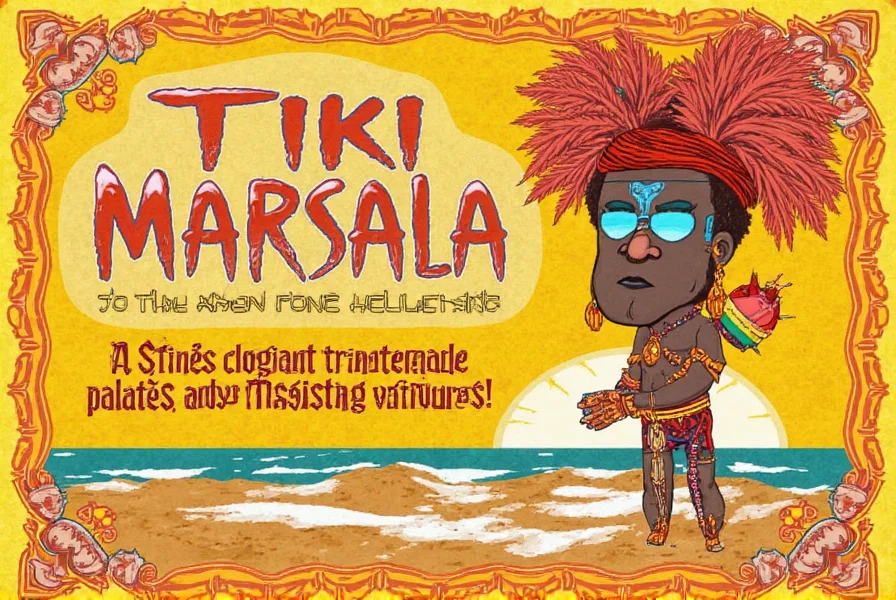

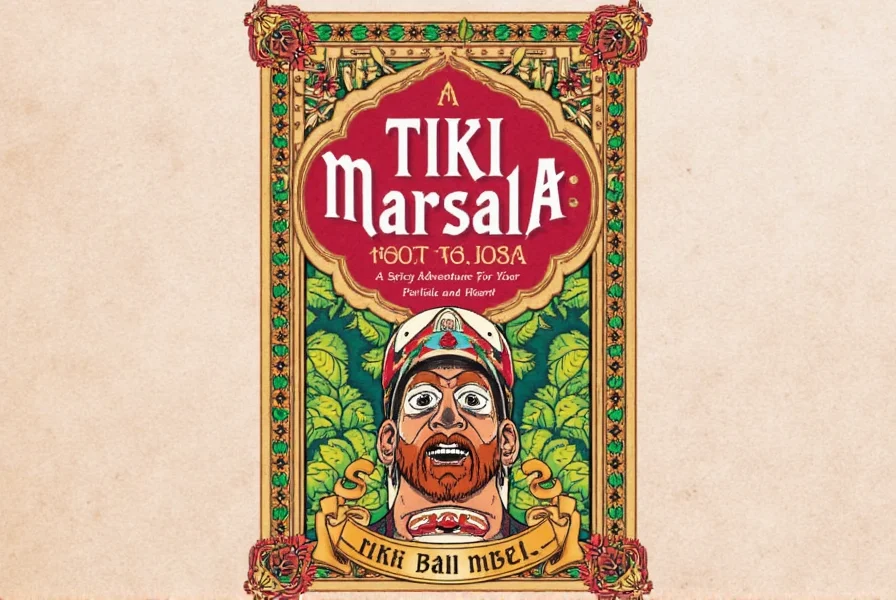









 浙公网安备
33010002000092号
浙公网安备
33010002000092号 浙B2-20120091-4
浙B2-20120091-4